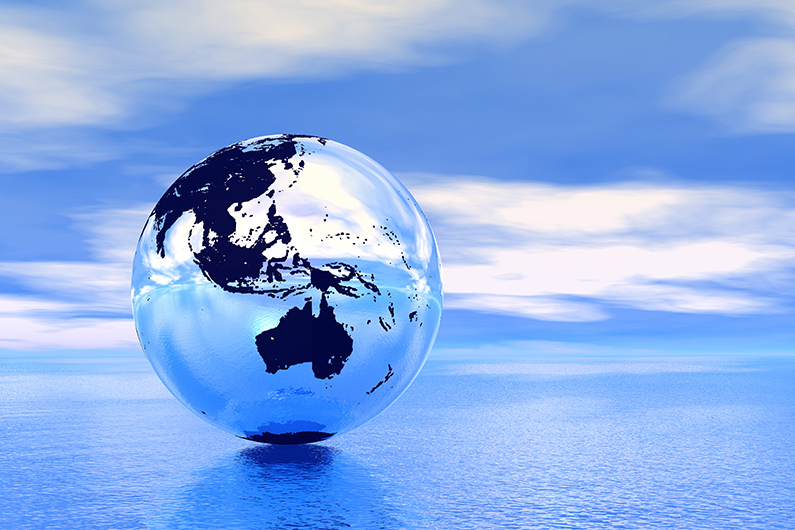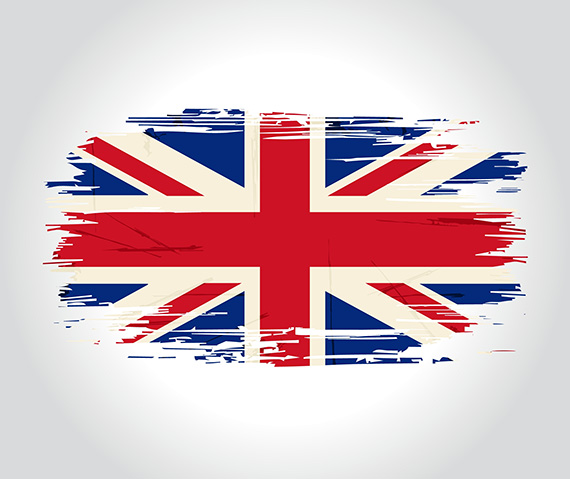More news
- Asian paint regulatory round up – Indonesian exterior paint still uses lead, warns W...
- Nigeria’s paint industry navigates regulatory changes and economic challenges amid p...
- Focus on the global coatings market: Global coatings market outlook
- Innovative coatings mitigate effects of deepening climate change
- View from the UK: Navigating chemical policy and sustainability

PPCJ presents its quarterly round-up of the latest Asian regulation updates that will affect the coatings industry, from China, Indonesia, Malaysia, Thailand, Vietnam, the Philippines, Taiwan, South Korea, India, Australia and Japan. Reporting by Jens Kastner, Ahmad Pathoni, Kathryn Wortley, Mini Pant Zachariah and Poorna Rodrigo
China
The China National Coatings Industry Association has complained that a European Union (EU) anti-dumping investigation into Chinese exports of titanium dioxide have sparked anti-dumping tariff rates far higher than expected. The provisional anti-dumping rates announced by the European Commission in July were 39.7% for the Longbai Group, 14.4% for Anhui Jinxing Titanium Dioxide Group, 35% for other responding companies and 39.7% for other non-responding companies. The China Coatings Industry Association warned that if this tax rate is implemented, it will seriously affect the exports of Chinese titanium dioxide companies and the future development of the industry.
https://www.chinacoatingnet.com/news/show.php?itemid=11589
Indonesia
The Indonesian Paint Manufacturers Association (APCI – Asosiasi Produsen Cat di Indonesia) has worked with the government to launch a high school programme, promoting and explaining paint technology.
Mitra Industri MM2100 Vocational High School, in West Java, has broken ground in becoming a school specialising in paint technology, according to APCI chair Kris Adidarma, who is also the CEO of Jakarta-based paint manufacturer PT Propan Raya. The initiative has been facilitated by APCI’s industrial chemical engineering department. It aims to develop skilled professionals in paint application and laboratory techniques, addressing the industry’s increasing need for qualified personnel. APCI, in collaboration with several paint companies, has crafted the curriculum to meet Indonesian National Work Competency Standards (SKKNI), said Kris.
Malaysia
The Malaysian government in April released updated guidelines for its MyHIJAU green certification system, aiding paint and coatings companies wanting to utilise sustainability-focused marketing. This system is designed to recognise and promote environmentally friendly products and services within the country, impacting various sectors, including paints and coatings.
The revised ‘Guideline for the Registration of MyHIJAU Mark Product Version 2.0’ and ‘Guideline for the Registration of MyHIJAU Mark Service Version 2.0’, are designed to streamline the certification process and make it more accessible to businesses. Manufacturers who meet the MyHIJAU criteria can now showcase their products’ environmental credentials through a recognised mark, enhancing brand image and potentially opening new market opportunities, including via government procurement and eco-conscious consumers.
https://dir.myhijau.my/assets/documents/guidelines-product.pdf
READ MORE:
Thailand
Thailand’s Food and Drug Administration (FDA) has announced changes to marketing rules on hazardous chemicals, including those used in paints and coatings, banning for example, references to the Thai royal family without permission. The country has strict lèse-majesté laws preventing public criticism of King Maha Vajiralongkorna and his immediate family. Advertising hazardous substances through giveaways or prizes via gambling or contests is also now prohibited, especially in household or health related products.
Vietnam
Vietnam’s ministry of science and technology has released a National Standard TCVN 13975:2024 for textured paints, based on synthetic resin emulsions used to create rough coatings for the interior and exterior finishing of buildings. It stipulates that the paint must be uniform when stirring, without lumps, and must have low-temperature stability. There are three types of alkali resistance-levels within the standard, requiring the absence of abnormal signs after 48, 18 and 8 hours respectively. In terms of accelerated weathering resistance, after 240 hours the chalking (wearing and flaking) degree must be ≤ 1, without blistering, cracking or peeling. The colour change of random test samples must not exceed that of the manufacturer’s sample be close to fresh controlled sample paints.
The Philippines
The Philippines’ Food & Drug Administration (FDA) has warned the public against purchasing and using three imported spray paints containing toxic lead banned in the manufacture of paints in the south east Asian archipelago by DENR (department of environment and natural resources) Administrative Order No. 2013-24. The three products were Nikko Spray All Purpose Quick Drying High Gloss Acrylic; Chappie Spray Paint, and Standard Aerosol Spray Paint, Jialing red.
https://www.pressenza.com/2024/05/philippine-fda-bans-3-lead-containing-spray-paints/
READ MORE:
Taiwan
Major paint and coatings manufacturers and their suppliers emitting more than 25,000 tonnes of carbon dioxide equivalent per year will have to follow a carbon pricing system in Taiwan, paying associated fees, helping the island reach its 2050 net-zero target. The ministry of environment in July announced the drafts of Regulations Governing the Collection of Carbon Fees, Designated Greenhouse Gas Reduction Goal for Entities Subject to Carbon Fees, and Regulations for Administration of Self-Determined Reduction Plan. In future, the governments will integrate smaller manufacturers into Taiwan’s carbon pricing system.
https://www.moenv.gov.tw/en/375192F88A851A76/d12e8358-d895-4f50-bf51-f115bc90b776
South Korea
South Korea’s ministry of environment has issued an Administrative Notice of Partial Revision of the Regulations on Hazardous Chemicals Business Licenses, No. 2024-441, controlling lead emissions in case regulators allow its use in paint and coatings – the use of this material is usually effectively banned. The revision orders that lead does not linger, leak or disperse into the air during handling if it is used without a hazardous chemical business permit. https://sheschem.com/sub03/sub03_1_view.html?no=1550&page=
India
India’s Department of Chemicals and Petrochemicals (DCPC) has released a draft Quality Control Order for Vinyl Sulphone, an organic chemical used in the production of reactive dyes. As per documents filed in July with the World Trade Organisation (WTO), under the Indian Standard IS 18340: 2023, vinyl sulphone imports must meet the following requirements of assay (by nitrite value) minimum 96% by mass (on dry basis) or minimum 95% by high-performance liquid chromatography (HPLC) (on dry basis); hydrolysis value of 93% by mass on (100% basis); matter insoluble in sodium carbonate solution maximum 0.6% by mass; and chloroaniline content maximum 0.05% by mass (on 100% basis).
This draft notification, open for comment until September 26, 2024, will come into effect six months after a future publication in the Gazette of India.
https://www.intertekinform.com/en-gb/standards/is-18340-2023-1338792_saig_bis_bis_3320765/
READ MORE:
Australia
Australia has updated the names of a raft of chemicals in the Australian inventory of industrial chemicals – some of which are widely used in paint and coatings – to those used in the USA Chemical Abstracts Service (CAS). In a note on July 29, Australia’s Industrial Chemical Introduction Scheme, part of the country’s department of health and aged care, said that these corrections do not change the identity of the chemical substances themselves. Among the chemical names updated are 1H-benzotriazole, 5-chloro which has been changed to 1H-benzotriazole, 6-chloro and propanedioic acid, ethyl-, diethyl ester has been changed to propanedioic acid, 2-ethyl-, 1,3-diethyl ester.
https://www.industrialchemicals.gov.au/news-and-notices/correction-chemical-names-29-july-2024
Japan
The central environment council of Japan’s Ministry of the Environment agreed, in July 2024 that it is appropriate to designate as toxic two groups of substances used in paints and coatings – flame retardant dechlorane plus and UV-3288, used to prevent discolouration and degradation. This follows them being added to the scope of the Stockholm Convention on Persistent Organic Pollutants as Class 1 Specified Chemical Substances. These are defined by the Japan Chemicals Collaborative Knowledge Database as having a risk of long-term toxicity to humans. As a result of the decision, a revised cabinet order is expected in winter 2024, followed by the ministry’s substance designation, essential use designation and full enforcement of import-prohibited products in 2025.







